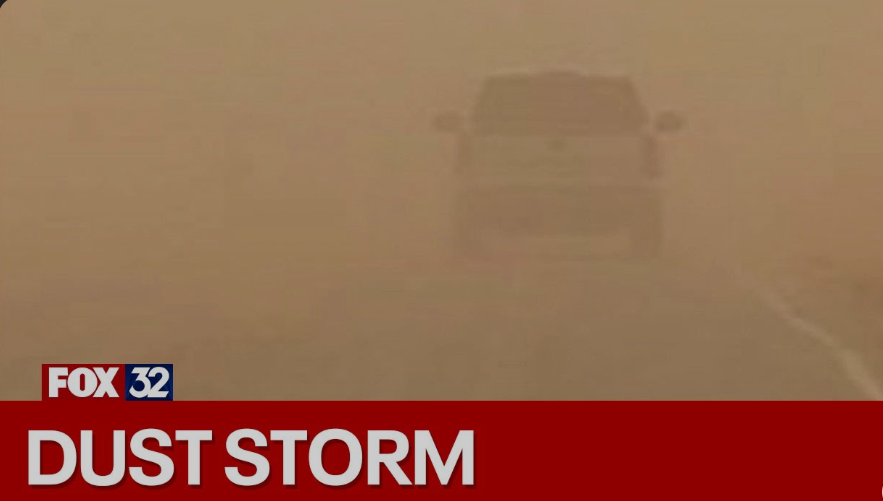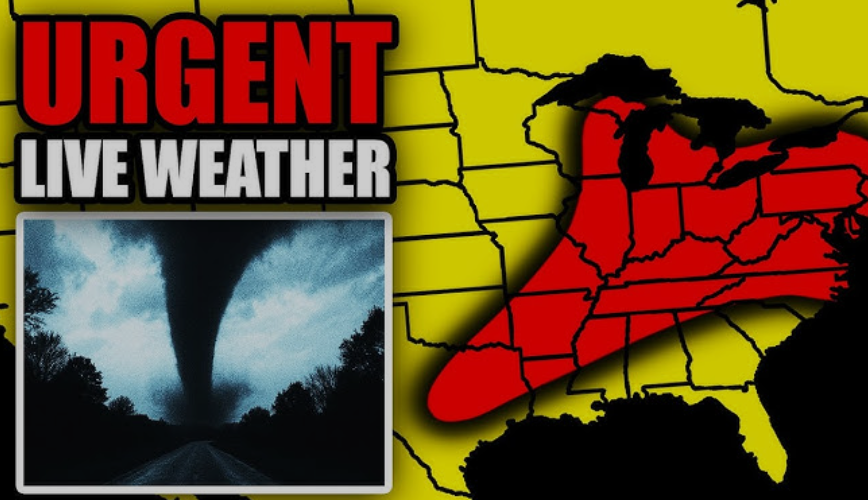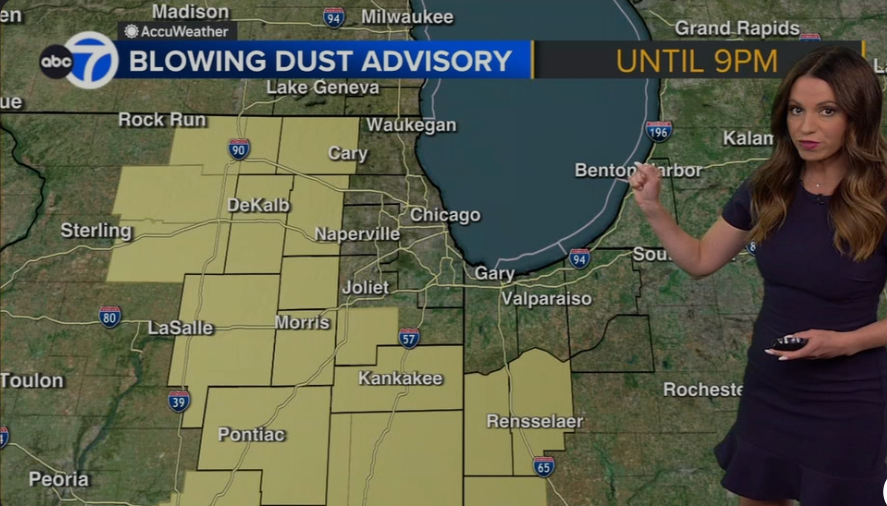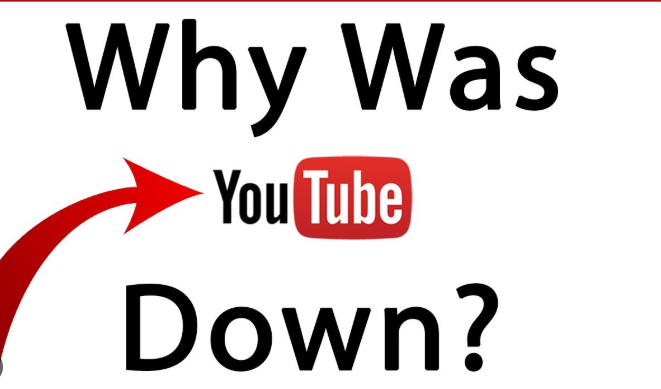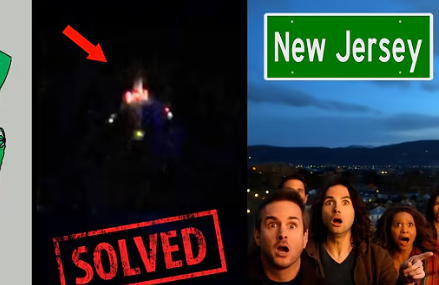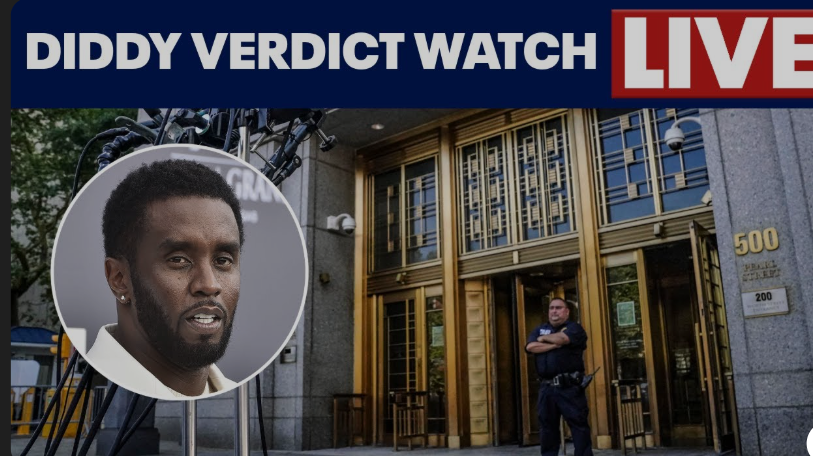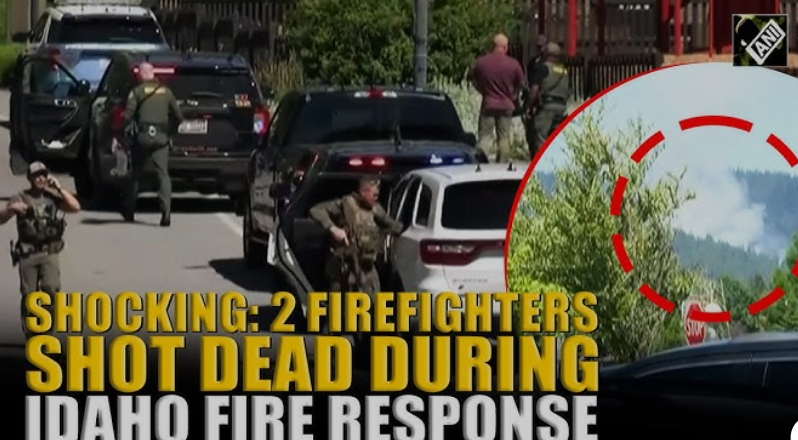A powerful dust storm warning has been issued across Illinois, blanketing Chicago in a hazy cloud of dust. Discover real-time updates, safety measures, and the impact of the Illinois dust storm in this in-depth report.
🚨 Breaking: Dust Storm Warning Grips Illinois – Chicago Caught in the Crosshairs
Residents of Illinois were caught off guard as an intense dust storm warning was issued this weekend, bringing hazy skies, reduced visibility, and health concerns across major cities including Chicago. For a region more accustomed to snow and thunderstorms, this sudden wave of desert-like conditions has stunned meteorologists and locals alike.
The National Weather Service (NWS) sounded the alarm, urging people to take immediate precautions as visibility dropped to near-zero in some areas. The Chicago dust storm, driven by dry soil and high winds, disrupted travel, triggered respiratory concerns, and sparked comparisons to the infamous Dust Bowl of the 1930s.
🌪️ What Caused the Dust Storm in Illinois?
Illinois, especially around the Chicago area, rarely experiences true dust storms. However, recent environmental conditions created the perfect storm—literally.
According to weather experts, a combination of:
- Prolonged dry weather and drought-like conditions in downstate Illinois
- Strong wind gusts exceeding 45 mph
- Unplanted and exposed agricultural fields
- Climate anomalies linked to shifting jet streams
These factors contributed to the rapid development of this dust storm Illinois is currently experiencing. Farmers have reported topsoil being blown off their land, and visibility on major highways plummeted in minutes.
🏩 How Chicago Was Affected: A City Blanketed in Dust
The Chicago dust storm sent dramatic plumes of earth-toned clouds sweeping across the skyline. Social media lit up with photos and videos showing skyscrapers barely visible beneath the thick veil of dust. City officials quickly responded with:
- Emergency alerts via phone and social media
- Suspension of street sweeping services
- Urgent advisories to keep windows and doors sealed
- Transit delays and major road closures
The visibility at Midway and O’Hare airports was severely impacted, with multiple flight delays and cancellations reported. CTA buses rerouted in response to poor driving conditions. Public health officials urged residents to stay indoors, particularly those with respiratory conditions.
🧬 Health Risks: Who’s Most Vulnerable in This Dust Storm?
Medical experts warn that the current dust storm warning poses serious health hazards, especially for individuals with preexisting respiratory issues.
Populations at risk include:
- Asthma sufferers
- Elderly residents
- Young children
- Those with cardiovascular conditions
- Outdoor workers and commuters
Common symptoms include:
- Coughing and sneezing
- Eye irritation
- Shortness of breath
- Chest tightness
Hospitals in Chicago and neighboring cities have already reported a spike in ER visits due to respiratory distress.
Pro tip: Keep windows closed, wear N95 masks if outdoors, and use air purifiers indoors.
🚗 Travel Chaos: Road Closures and Highway Warnings Across Illinois
The Illinois dust storm caused travel mayhem across major highways including I-55, I-80, and U.S. Route 51. Authorities issued Dust Storm Warnings for multiple counties, including:
- Cook
- Kane
- Will
- McLean
- Peoria
Multiple car pileups occurred due to sudden whiteout conditions. Illinois State Police are urging drivers to pull over safely and turn on hazard lights until visibility improves.
Key advice from authorities:
🌍 Is This the New Normal? Climate Experts Weigh In
While dust storms in Illinois are historically rare, climatologists are increasingly warning that shifting weather patterns could make such events more common.
“Warmer winters and prolonged dry spells are changing the Midwest’s climate profile,” said Dr. Lena Raymond, a climate scientist at the University of Illinois. “This is not a fluke—it’s a signal of how fragile our ecosystem is becoming.”
Recent drought maps show that central Illinois is experiencing abnormally dry conditions, creating a tinderbox effect when high winds sweep in. The Chicago area, although more urbanized, isn’t immune, especially when dust from surrounding rural zones is carried into the city by strong air currents.
✅ Safety Checklist: What to Do During a Dust Storm Warning
To protect yourself and your loved ones during a dust storm warning, follow these proven tips:
If You’re Indoors:
- Shut all windows and doors immediately
- Place wet towels under door gaps
- Use HEPA filter air purifiers
- Avoid using fans that circulate outdoor air
If You’re Outdoors:
- Wear goggles and N95 masks
- Avoid strenuous activity
- Seek shelter in a sealed vehicle or building
- Cover nose and mouth with a cloth if no mask is available
If Driving:
- Pull over safely and turn on emergency flashers
- Avoid sudden braking or turning
- Remain in your vehicle until visibility returns
📰 Real-Time Updates and Community Response
As the dust storm Chicago continues to unfold, community organizations and government departments are mobilizing support:
- Red Cross Illinois has activated emergency shelters for vulnerable individuals
- City of Chicago has opened air-filtering centers for the public
- Local influencers and journalists are using TikTok, Instagram, and X to broadcast live updates
One TikTok video of a commuter walking through a dust-filled downtown street has gone viral with over 3 million views in under 12 hours.
📊 Economic and Environmental Impact
Initial estimates show the Illinois dust storm could cause millions in agricultural and economic damages. Crops in southern and central Illinois are at risk, and cleanup operations in urban areas like Chicago could last weeks.
Long-term environmental impacts include:
- Soil erosion
- Air quality degradation
- Disruption of planting schedules for farmers
- Damage to sensitive ecosystems
🧠 FAQs: Dust Storm Warning Illinois 2025
Q1: What does a dust storm warning mean?
A: A dust storm warning signals that widespread areas will experience hazardous blowing dust, reducing visibility to less than ¼ mile. It’s an emergency alert requiring immediate action.
Q2: Has Chicago ever experienced a dust storm before?
A: While extremely rare, Chicago dust storms have occurred in isolated incidents, especially when drought conditions and high winds align.
Q3: Is it safe to travel during a dust storm in Illinois?
A: No. Visibility drops quickly, increasing the chance of multi-car accidents. Avoid travel unless absolutely necessary and follow detour routes or stay indoors.
Q4: What’s the difference between a dust storm and a sandstorm?
A: Dust storms involve finer particles and typically form in dry regions like the Midwest during windy conditions. Sandstorms occur in desert regions and involve larger particles.
📌 Snippets
What is a Dust Storm Warning in Illinois?
A dust storm warning in Illinois means that dangerous weather conditions involving high-speed winds and airborne dust are occurring or imminent. Visibility may fall below ¼ mile, and travelers and residents are urged to take immediate shelter.
How did the Chicago dust storm start?
The Chicago dust storm was caused by strong winds blowing over dry farmland in Illinois, kicking up large amounts of dust and transporting it into urban areas, severely reducing air quality and visibility.
🗒 Final Thoughts: A Wake-Up Call for Midwest Climate Resilience
The unprecedented dust storm warning blanketing Illinois and Chicago has left a lasting impression on both meteorologists and citizens. As weather patterns continue to shift, preparing for these once-rare phenomena may become a necessity. Today’s chaos serves as a loud reminder: the climate crisis is no longer a distant threat—it’s right outside our windows.
Stay tuned for continuous coverage and emergency alerts as the situation develops.

